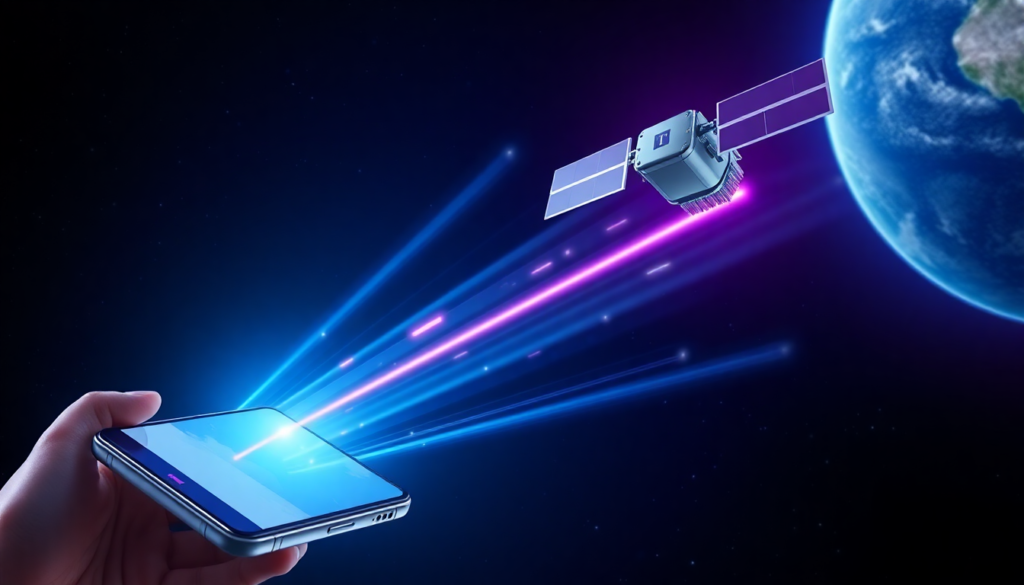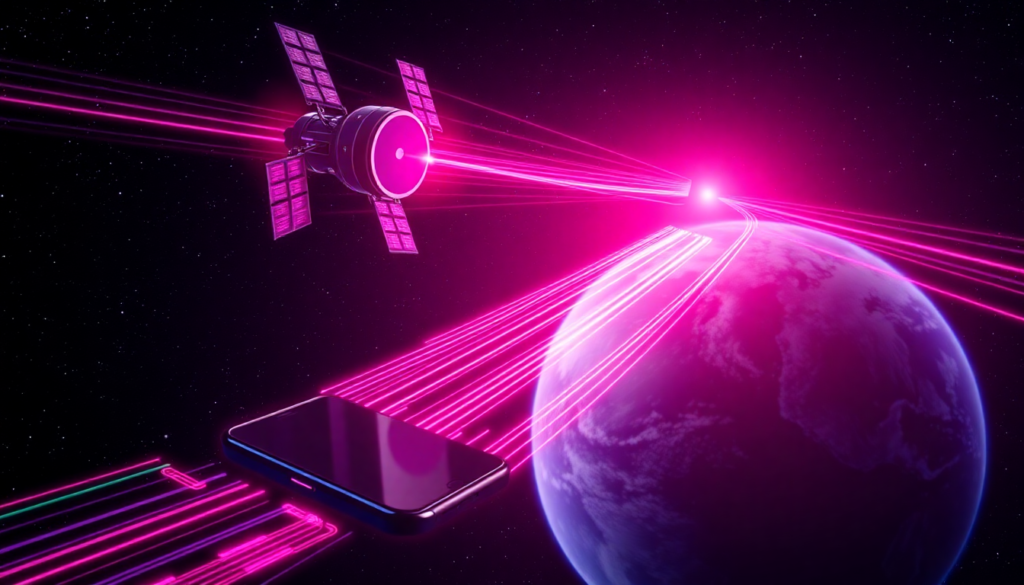
How T-Mobile and Starlink Are Revolutionizing Connectivity
Imagine sending a text from the middle of the ocean, streaming a video in a remote mountain range, or calling for help during a disaster—even with zero cell towers nearby. This futuristic vision is becoming a reality thanks to T-Mobile Starlink, a groundbreaking collaboration between telecom giant T-Mobile and SpaceX’s satellite internet arm, Starlink.
In this article, we’ll dive into how this partnership works, its potential to reshape global connectivity, and what it means for everyday users like you.
What is T-Mobile Starlink?
Announced in August 2022, T-Mobile Starlink is a direct-to-cell satellite service designed to eliminate mobile dead zones using SpaceX’s Starlink satellites. Unlike traditional satellite phones that require bulky hardware, this system connects directly to your existing smartphone.
Key Goals of the Partnership:
- Provide emergency coverage in disaster-struck areas.
- Enable texting, calling, and data access in rural regions, oceans, and deserts.
- Compete with rivals like AT&T and Verizon in the race for universal connectivity.
How Does T-Mobile Starlink Work?
Starlink’s Gen2 satellites act as “cell towers in space,” equipped with advanced antennas to communicate with standard smartphones. Here’s the breakdown:
- Satellite-to-Phone Tech:
- Starlink satellites use mid-band spectrum (PCS) leased from T-Mobile to send signals to phones.
- No special apps or hardware needed—just a compatible device.
- Phased-Array Antennas:
- These steerable antennas track smartphones from low Earth orbit (LEO), maintaining a stable connection even as satellites move at 17,000 mph.
- Global Reach:
- Coverage spans T-Mobile’s licensed areas (U.S. initially) but requires international agreements for cross-border service.

Benefits of T-Mobile Starlink
- Emergency Lifeline:
- Send SOS texts during natural disasters when terrestrial networks fail.
- Traveler’s Dream:
- Stay connected while hiking, sailing, or road-tripping through remote areas.
- Rural Connectivity:
- Farmers, researchers, and rural communities gain access to basic mobile services.
- Competitive Edge for T-Mobile:
- Differentiates T-Mobile’s “Coverage Beyond” plan from competitors.
Challenges and Limitations
While revolutionary, T-Mobile Starlink isn’t without hurdles:
- Bandwidth Constraints:
Initial services will support texting only, with voice and data rolling out later. Speeds will be slower than 5G (think 2-4 Mbps). - Regulatory Red Tape:
The FCC and global regulators must approve spectrum use, which could delay launches. - Device Compatibility:
Older smartphones may not work. Current testing focuses on modern devices like iPhones 14+ and Galaxy S22+. - Dependency on Starship:
SpaceX’s Starship rocket (still in testing) is critical for launching heavy Gen2 satellites. Delays here could push timelines.
T-Mobile Starlink vs. Competitors
SpaceX isn’t alone in the satellite-to-phone race:
- AST SpaceMobile: Backed by AT&T, testing broadband-like speeds but lagging in satellite deployment.
- Lynk Global: Already offering SMS services in parts of the Pacific and Africa.
Why T-Mobile Starlink Could Win:
SpaceX’s rapid satellite deployment (over 5,000 in orbit) and T-Mobile’s existing infrastructure give it a scalability advantage.
What’s Next? Timeline and Availability
- 2023: Testing began with limited SMS capabilities.
- 2024: Partial rollout for texting, pending regulatory approvals.
- 2025 and Beyond: Voice, data, and global expansion.
T-Mobile plans to offer this as a no-cost add-on for its most popular plans, though premium tiers may get priority during beta.
Preparing for the Future
For Consumers:
- Upgrade to a compatible smartphone if needed.
- Follow T-Mobile’s updates for beta sign-ups.
For Competitors:
- Expect pressure to match satellite partnerships or risk losing market share.
FAQs About T-Mobile Starlink
Q: Will this replace traditional cell towers?
A: No—it’s a backup for areas where towers don’t exist.
Q: Is there extra cost?
A: T-Mobile claims it’ll be included in existing plans, but premium features may incur fees later.
Q: How fast is the service?
A: Initially, speeds will be akin to 2G (text-only), improving to 4G-like speeds over time.
Conclusion: A New Era of Connectivity
T-Mobile Starlink isn’t just about better coverage—it’s about redefining what’s possible with mobile technology. While challenges remain, this partnership could finally bring billions of people online, empower adventurers, and save lives in emergencies.
Stay tuned for updates, and if you’re a T-Mobile customer, keep an eye on your inbox for beta invitations!



[…] More Article […]